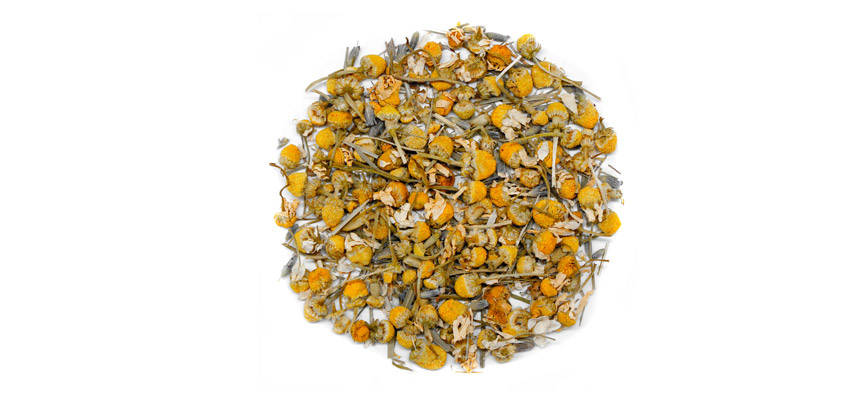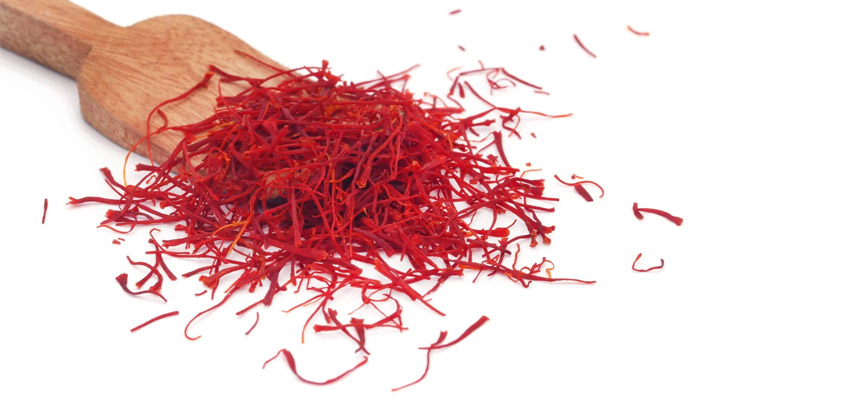Medicinal plants have played an important role since ancient times in human health and improving quality of life. These plants, known for their therapeutic and nutritional properties, hold a special place in the cultures of various parts of the world. In Iran, the rich and diverse climate has led to the growth of numerous species of medicinal plants, many of which are used in both traditional and modern medicine. This article examines different types of medicinal plant species, their properties, and their roles in various fields including modern agriculture, health, and commercialization. The following sections will cover various aspects of this topic.
Definition of Medicinal Plants and Their Importance
Medicinal plants refer to those plants that, due to the presence of bioactive compounds, are used in treating diseases, improving health, or enhancing quality of life. These plants can be consumed raw, processed, or in the form of herbal supplements. Their importance can be considered in several dimensions:
- Health and Treatment: Herbal products such as saffron, mint, and thyme are known for their anti-inflammatory, antioxidant, and antimicrobial properties.
- Economy: The production and export of medicinal plant species represent a significant source of income for many countries, including Iran.
- Environmental Sustainability: Cultivating these plants can contribute to sustainable development and the preservation of natural resources.
Types of Medicinal Plants and Their Characteristics
Herbal products exhibit wide diversity and are classified based on their use, active compounds, or geographic regions. Some of the most important medicinal plant species include:
- Saffron: Due to its antioxidant properties and applications in food and pharmaceutical industries, it is one of the most valuable medicinal plants globally.
- Mint: Used to improve digestive issues and reduce stress.
- Thyme: Has antibacterial properties and is suitable for treating respiratory infections.
- Rosemary: Helps improve memory and skin health.
- Chamomile: Used for calming nerves and improving sleep.
These plants represent only a portion of Iran’s natural treasure, cultivated in various regions of the country.

The Role of Medicinal Plants in Human Health
One of the most important applications of medicinal plant species is their effect on human health. The active compounds in these plants can enhance bodily functions. For example:
- Blood Pressure Control: Plants like garlic and hawthorn help reduce blood pressure and improve heart health.
- Sodium Reduction: Some herbal products like parsley and celery can be used as natural salt substitutes in diets, aiding sodium reduction and health preservation.
- Microbiota Improvement: Plants such as fennel and cumin strengthen beneficial gut bacteria, promoting microbiota and digestive health.
These benefits have made medicinal plants a popular choice in producing herbal supplements and healthy plant-based foods.
Medicinal Plants and Healthy Plant-Based Foods
Today, there is a growing focus on healthy plant-based diets. Traditional plants play a key role in this area because they can enhance the flavor, nutritional value, and therapeutic properties of foods. For instance:
- Adding thyme to dishes not only improves their taste but also adds antimicrobial benefits.
- Using saffron in desserts and beverages increases their nutritional value.
These characteristics have led food startups to incorporate medicinal plants into their products.
Modern Agriculture and Medicinal Plant Cultivation
Modern agriculture is an approach that uses advanced technologies to increase productivity and sustainability in crop production. In this context, cultivating medicinal plants has gained attention due to high market demand and profitability. Features of modern agriculture in this field include:
- Use of smart irrigation systems to reduce water consumption and increase efficiency.
- Hydroponic cultivation for producing high-quality medicinal plants in limited spaces.
- Pest monitoring through biological methods to produce organic herbal products.
These methods result in high-quality, environmentally friendly products.

Agricultural Startups and Innovation in Medicinal Plant Production
Innovative agricultural companies play an important role in developing the medicinal plant industry. These emerging entities focus on innovation to improve cultivation, processing, and marketing methods of herbal products. Some areas of activity include:
- Development of cultivation technologies, such as smart sensors to monitor plant growth.
- Production of novel products like high-concentration herbal extracts for pharmaceutical use.
- Digital marketing to introduce herbal products to global markets.
These startups have transformed the medicinal plant industry with creative ideas.
Medicinal Plant Startups and Their Market Impact
Startups focused on medicinal plants specifically produce and supply products based on healing herbs. By identifying market needs, they manufacture items like herbal supplements, medicinal teas, and herbal oils. The success of these innovative companies depends on factors such as:
- Product quality: Use of organic plants and standardized production methods.
- Strong branding: Creating brand identity to attract customers.
- Access to global markets: Through exports of medicinal plant species.
These startups contribute to economic growth and job creation in rural areas.
Sustainable Development and Medicinal Plants
Sustainable development is a key goal in agriculture and related herbal product industries. Cultivating medicinal plants can help conserve natural resources, reduce soil erosion, and increase biodiversity. Some practices in this regard include:
- Use of organic farming methods to reduce chemical pesticide consumption.
- Recycling plant waste to produce natural fertilizers.
- Educating farmers on sustainable methods.
These efforts help preserve the environment and meet the needs of future generations.
Research and Development in Medicinal Plants
Research and development (R&D) in herbal products is one of the most important drivers of progress in this industry. Researchers study the active compounds in plants, improve extraction methods, and develop new products. Some achievements of this research include:
- Identification of new compounds with therapeutic properties.
- Improvement of medicinal plant formulations to increase efficacy.
- Development of herbal supplements with precise and standardized dosages.
These advancements have boosted consumer confidence and expanded the market for medicinal plant species.
Formulation of Medicinal Plants and Novel Products
Formulating medicinal plants involves transforming raw plants into products with specific applications. This process includes extracting active compounds, combining them with other ingredients, and packaging the final product. Some products resulting from this process are:
- Herbal supplements such as saffron capsules or rosemary extracts.
- Cosmetic products like creams containing chamomile.
- Medicinal teas combining various plants for therapeutic purposes.
Due to their high quality and effectiveness, these products have strong demand in domestic and international markets.
Export of Medicinal Plants and Global Opportunities
Exporting herbal medicines is one of the most important income sources for producing countries, especially Iran. Saffron, Damask rose, and cumin are among the plants with a prominent position in global markets. Success factors in exporting medicinal plants include:
- Compliance with international standards such as ISO and GMP.
- Attractive and standardized packaging to capture customer attention.
- Effective marketing via digital platforms and international exhibitions.
These factors have increased Iran’s share in the global medicinal plant market.

Commercialization of Herbal Products
Commercialization of herbal products is the process by which medicinal plant-based products are introduced to the market. This process involves several stages. First, market research is conducted to identify customer needs. Then, in the product development phase, new formulations are applied. Finally, marketing and sales occur through both online and offline channels. Successful commercialization increases consumer access to herbal products and drives economic growth.
Challenges and Future of Medicinal Plants
Despite abundant potential, the medicinal plant industry faces challenges such as lack of modern processing infrastructure, intense competition in global markets, and the need to educate farmers on modern methods. Nevertheless, the future of this industry looks very promising given the rising demand for organic plant products and technological advances.
Conclusion
Medicinal plants, as one of the most valuable natural resources, play a significant role in health, economy, and sustainable development. From cultivation using modern agricultural methods to the production of herbal supplements and exports to global markets, these plants offer countless opportunities for innovation and growth.
Frequently Asked Questions
What are medicinal plants, and how do they differ from regular plants?
Medicinal plants are those that contain bioactive compounds with therapeutic or nutritional benefits. Compared to ordinary plants, they have specific medical or health-related uses.
How can medicinal plants be grown organically?
Organic cultivation involves using no chemical pesticides, practicing sustainable watering, and enriching the soil with natural fertilizers.
Which medicinal plants are suitable for controlling blood pressure?
Plants like garlic, hawthorn, and parsley are well-known for their blood pressure-lowering properties.
What role do startups play in the medicinal herbal products industry?
Startups drive innovation in cultivation, processing, and marketing, helping develop herbal products and expand their reach into global markets.
How can herbal products be exported?
Exporting medicinal plants requires compliance with international standards, proper packaging, and effective marketing strategies.

